ChunkyCushionLover
Ideal_Rock
- Joined
- Jun 21, 2009
- Messages
- 2,463
Bam,
We have moved past that RD now accepts that simulated ASET images can be valid and a good match of a photographed ASET.
https://www.pricescope.com/communit...in-simple-terms.150589/#post-2731710#p2731710
This is very important in diamond research as noone has the resources to produce millions of diamonds to explore the borders of grading systems. Requiring only photographed ASET images is an unecessary burden to progress, and once one understands where the two differ this is not much of an issue.
Keep reading and ask questions we all want to teach and learn. This forum is not intended to be dumbed down and tangents are going to happen, often times the tangent is more interesting than the original topic.
The original topic in this thread was not about diamond research at all.
We have moved past that RD now accepts that simulated ASET images can be valid and a good match of a photographed ASET.
https://www.pricescope.com/communit...in-simple-terms.150589/#post-2731710#p2731710
This is very important in diamond research as noone has the resources to produce millions of diamonds to explore the borders of grading systems. Requiring only photographed ASET images is an unecessary burden to progress, and once one understands where the two differ this is not much of an issue.
Keep reading and ask questions we all want to teach and learn. This forum is not intended to be dumbed down and tangents are going to happen, often times the tangent is more interesting than the original topic.
The original topic in this thread was not about diamond research at all.

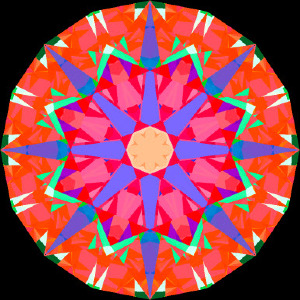
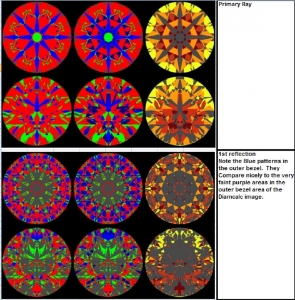
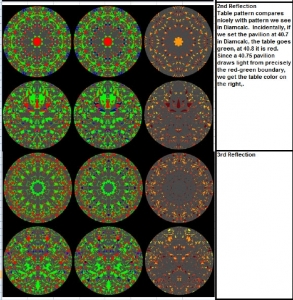
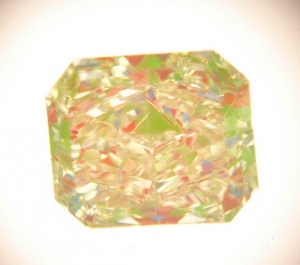
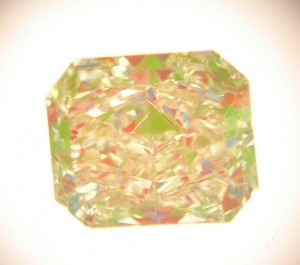
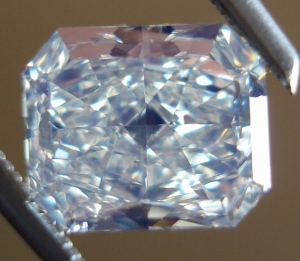
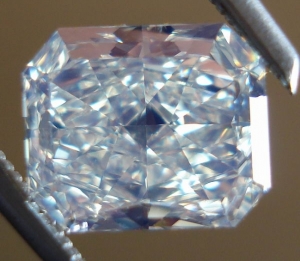
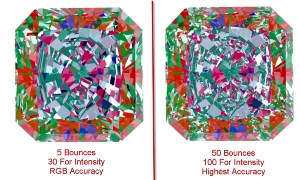
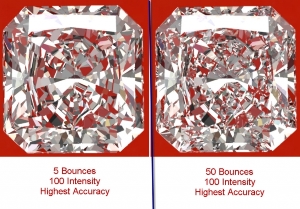
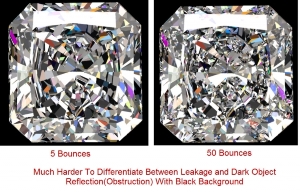


300x240.png)